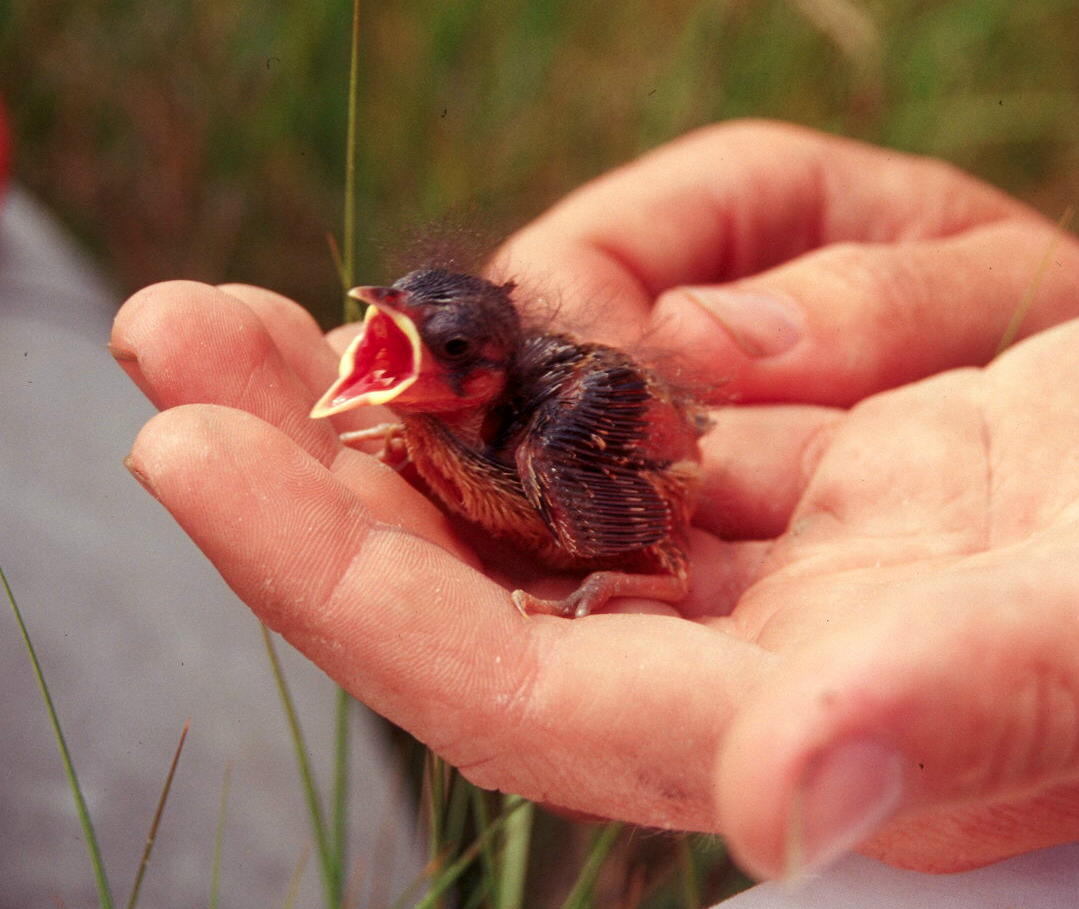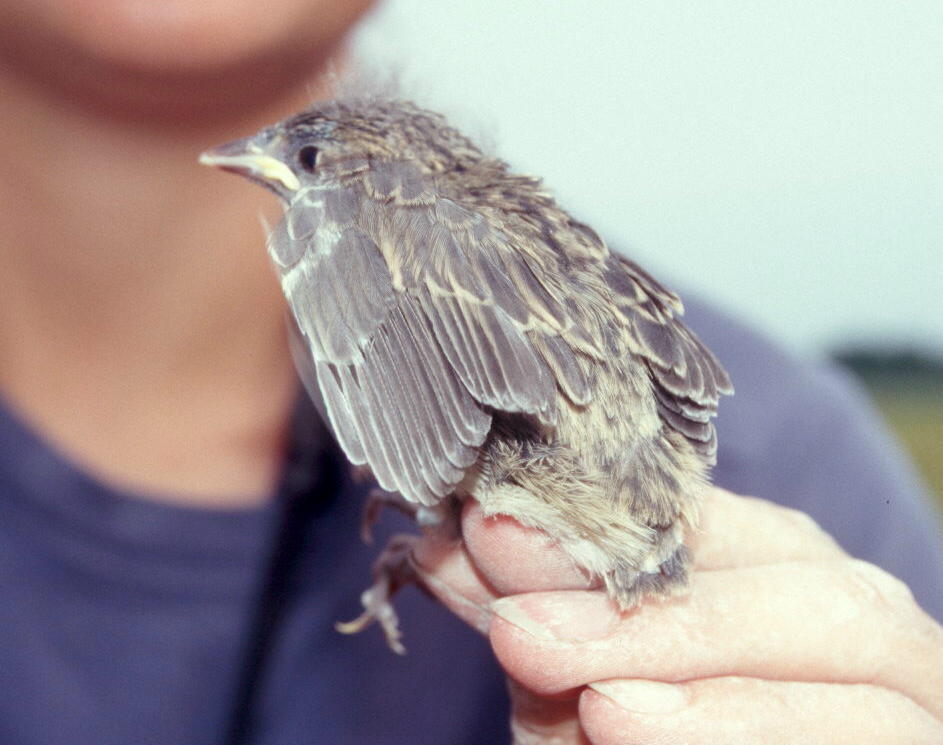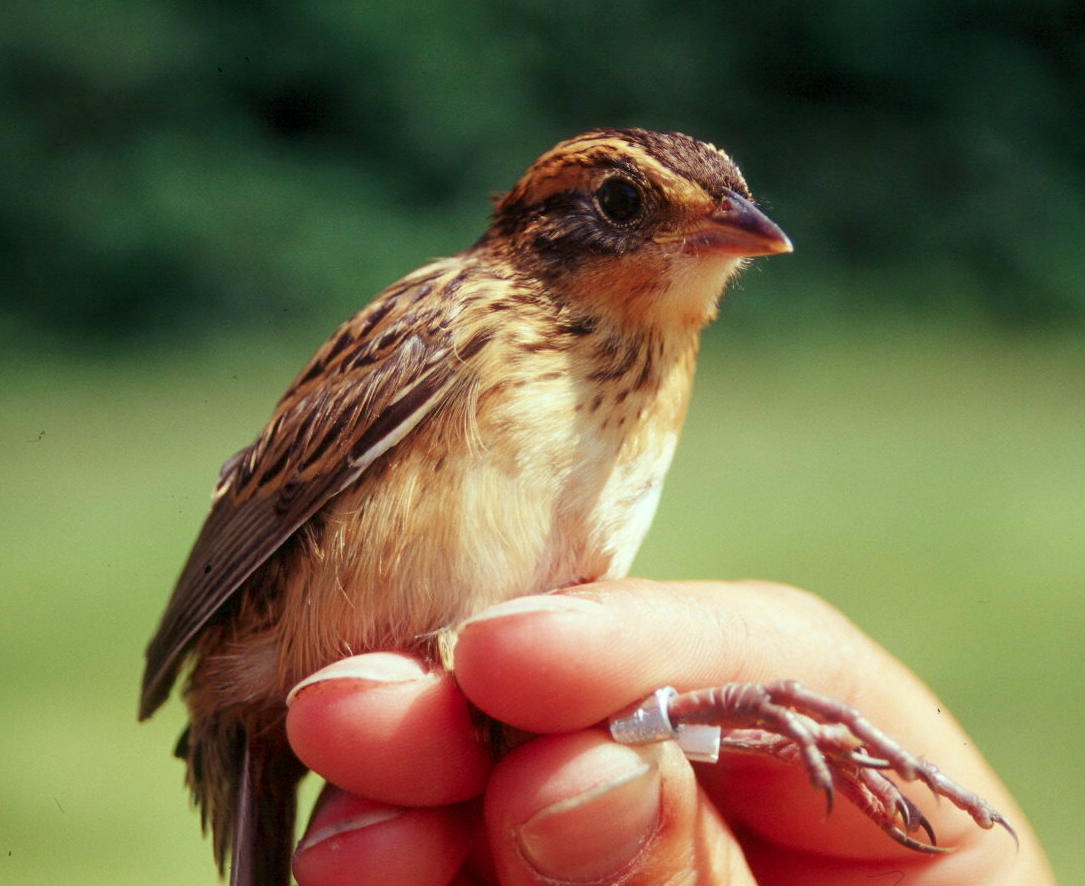Saltmarsh Sparrow Research - Project Goals
Saltmarsh sharp-tailed sparrows and seaside sparrows are among the top priorities for bird
conservation research in southern New England. In the summer of 2002, we initiated a study of
these two species in marshes along the Connecticut coast in order to improve our understanding
of their conservation needs. Here, we provide an overview of the projectís goals and approaches.

|
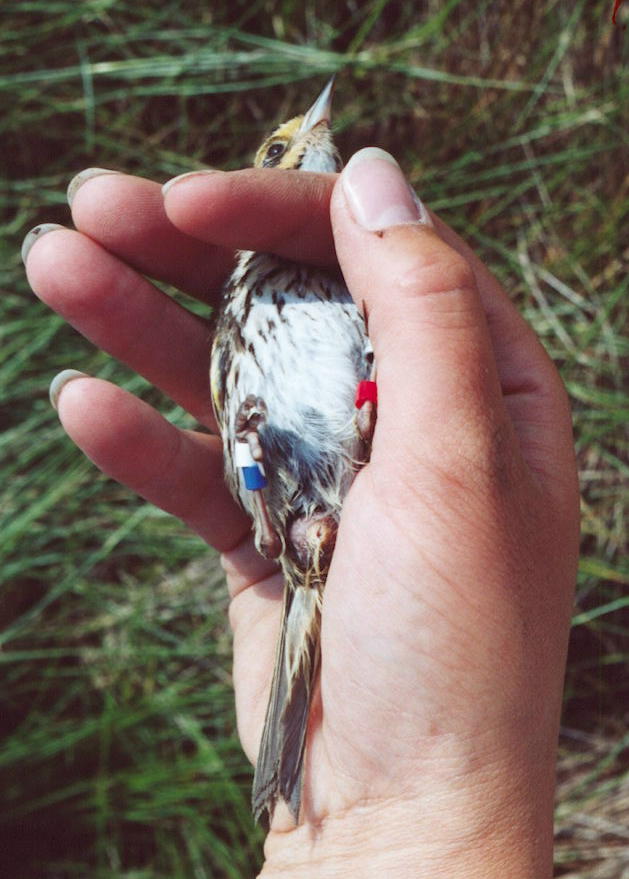
|
Estimating population size
One of our main goals is to determine how many birds there are nesting in our study marshes.
To do this we are using three different methods. First, we are catching and banding birds in each
of our study plots to estimate how many birds use each plot. Second, we make regular nest
searches to determine how many birds are actually nesting in each plot. Finally, we are conducting
point counts in each plot so that we can determine how well this method (which is much less labor
intensive) can be used to describe population size.
|
These pictures show a saltmarsh sharp-tailed sparrow being removed from a mist net and another after
it has had small bands placed on its legs so that it can be individually identified. For more information
on bird banding visit the USGS Bird Banding Laboratory's web site.
What factors influence nesting success?
Another goal of the study is to determine what variables influence breeding success. To answer this
question we are monitoring all of the nests that we find in order to determine how many young are produced
and to document the reasons for nest failure. As in other sudies of saltmarsh sparrows, we have found that many
nests fail due to flooding during high spring tides.
These pictures show (from left to right) a saltmarsh sharp-tailed sparrow nest, a nestling sharp-tailed sparrow,
a seaside sparrow nestling that will soon fledge, and a juvenile saltmarsh sharp-tailed sparrow.
How does habitat affect sparrow use?
Using our estimates of population size, we are interested in why sparrow densities vary within and
among marshes. Consequently, we are collecting detailed information on habitat conditions within each of
our study plots. This picture shows UConn student, Erin King, sampling vegetation in a study plot at
Hammonasset State Park.
|
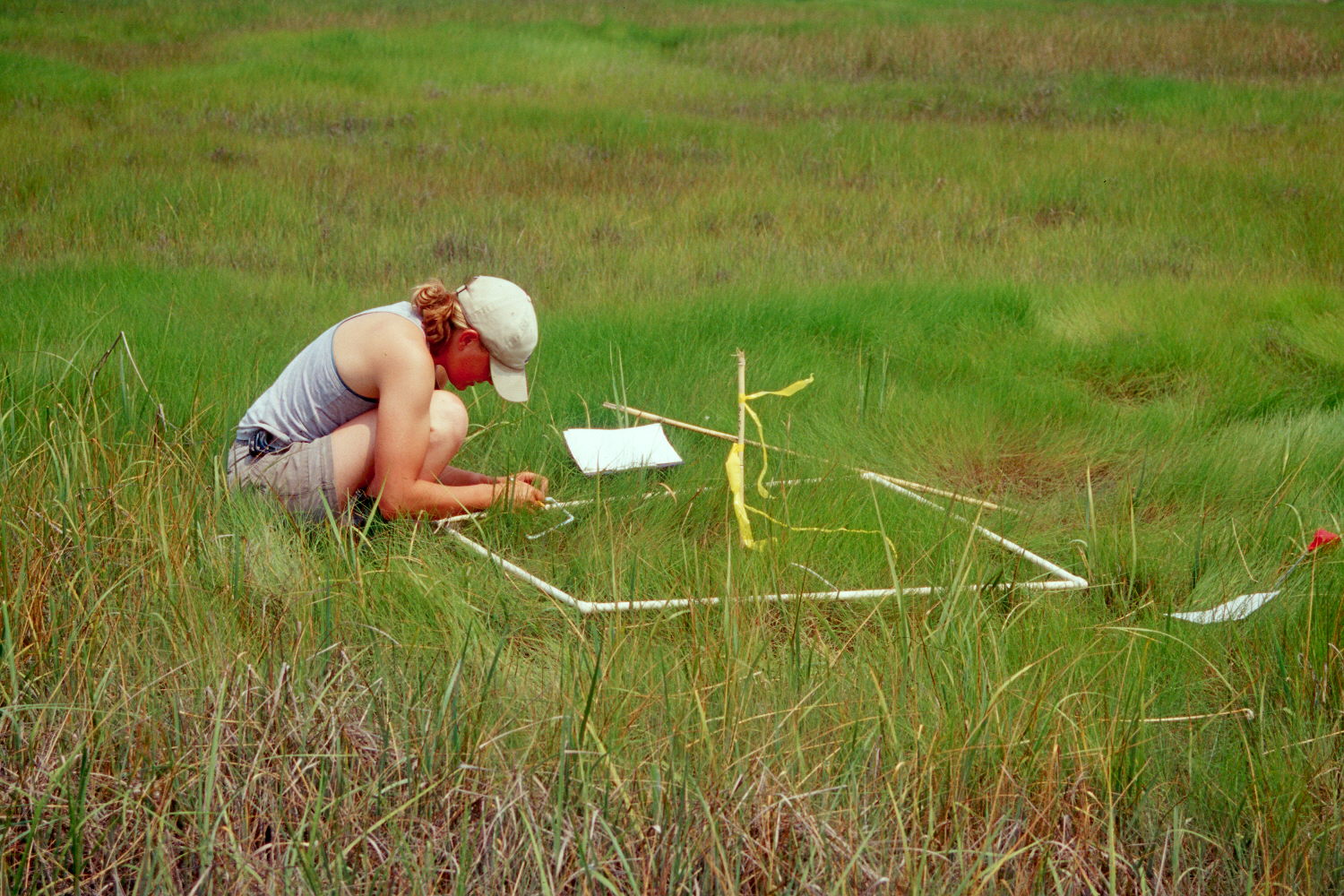
|
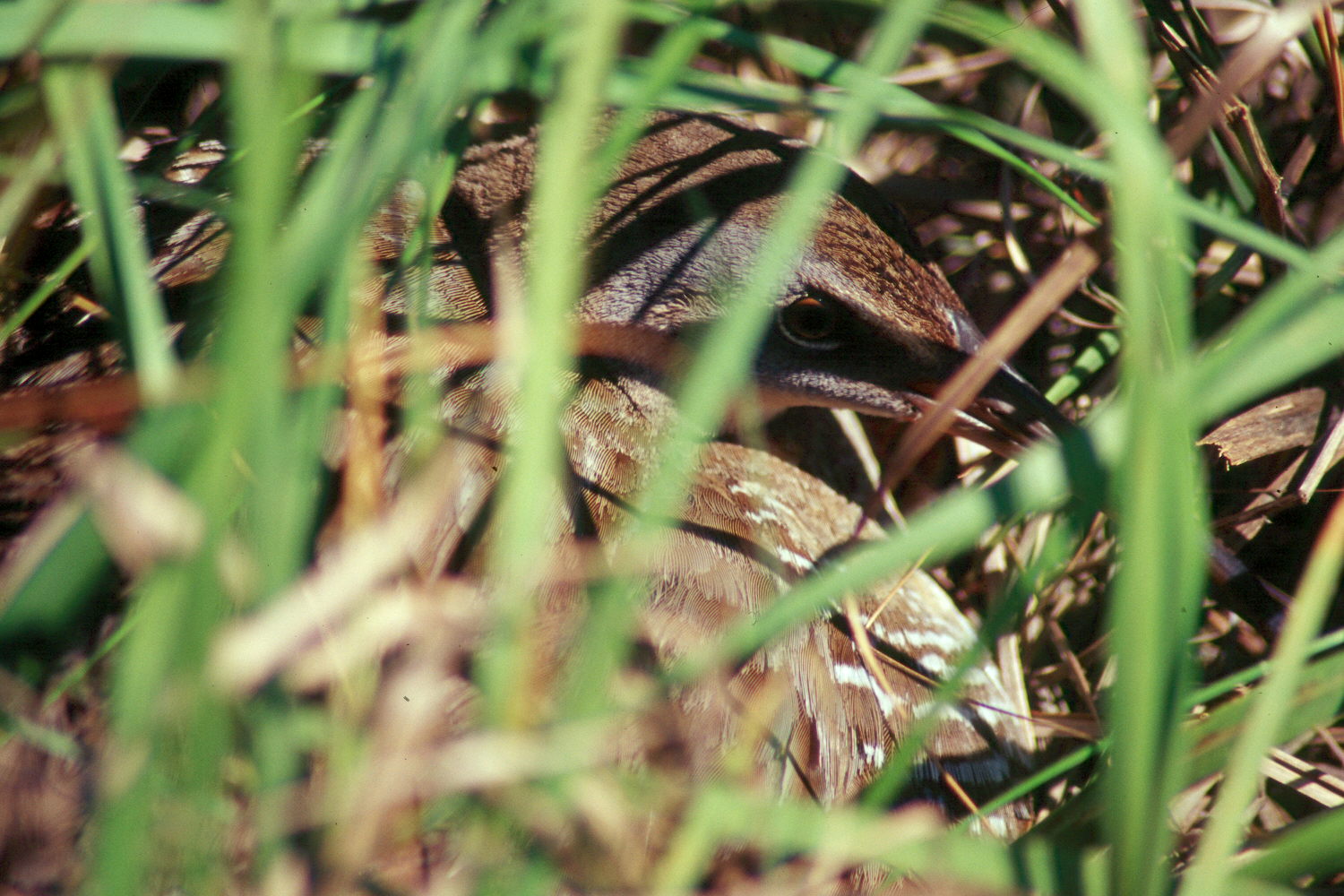
|

|
What about other marsh birds?
Using data from our marsh surveys, we are also interested in determining whether sparrow numbers
are a good indicator of the presence or abundance of other salt marsh birds. These pictures show two other common
species found in Connecticut salt marshes: a clapper rail incubating eggs (far left) and a great egret.
|
For more information about the study, please contact Chris
Elphick.


.jpg)
